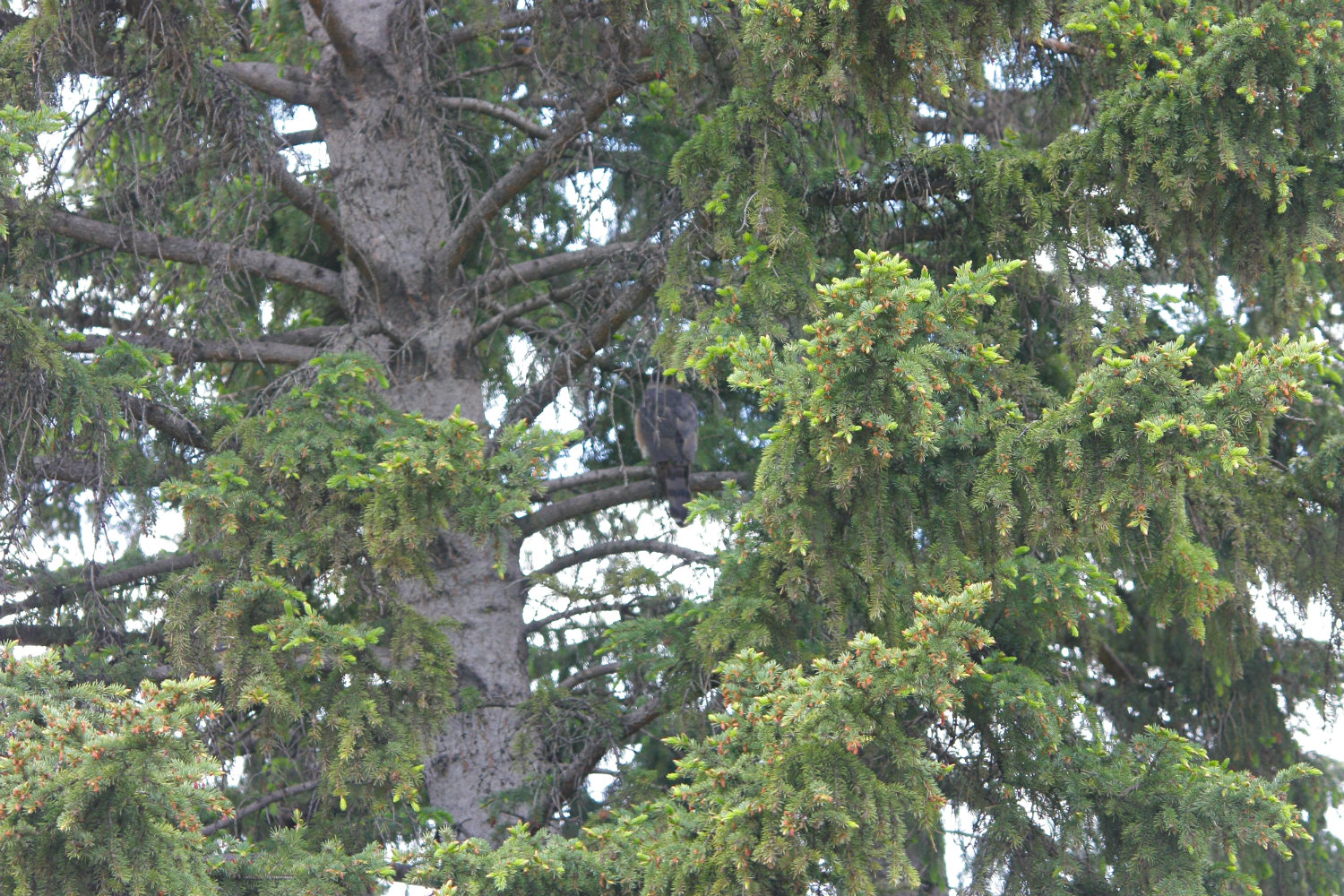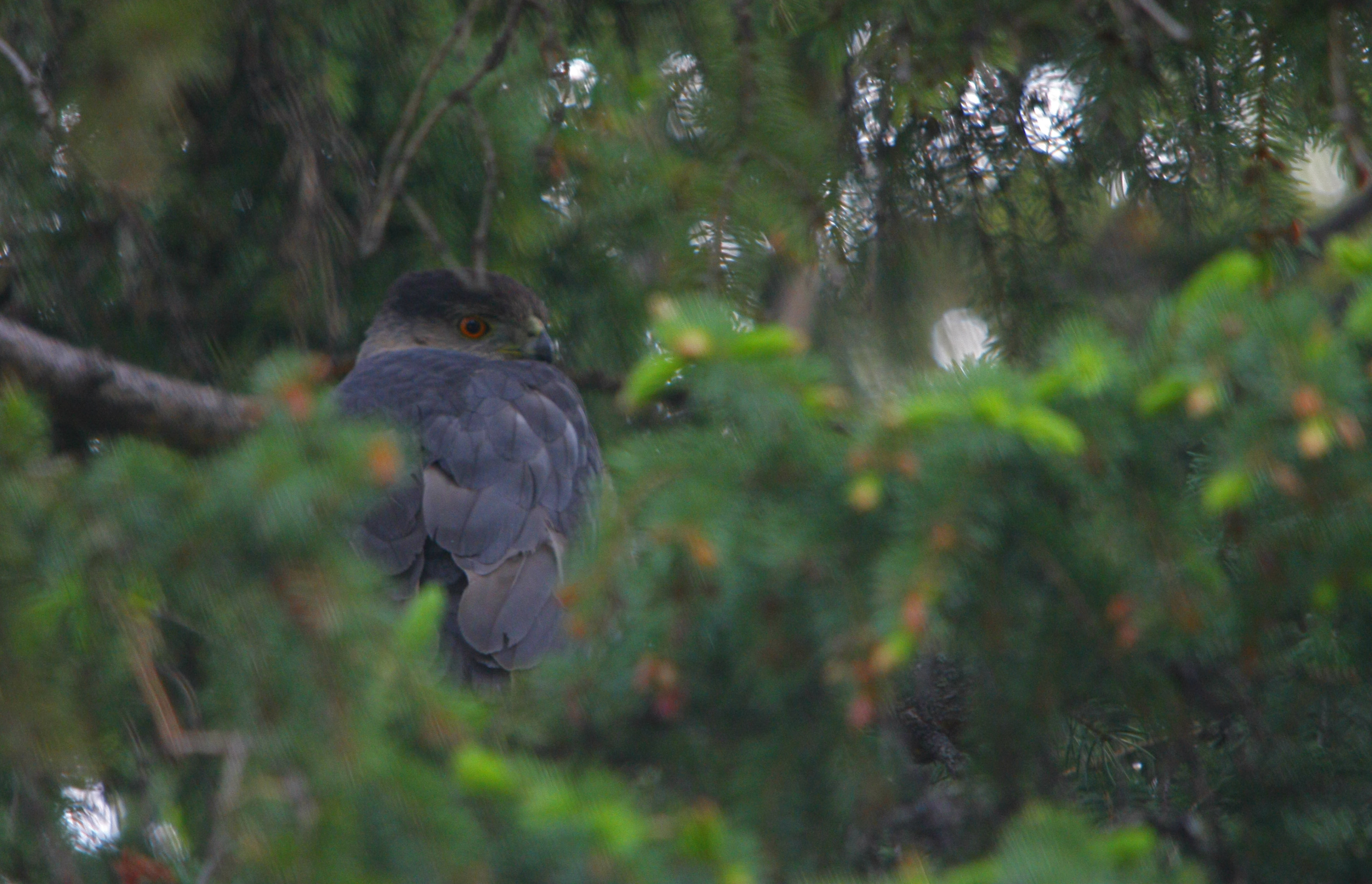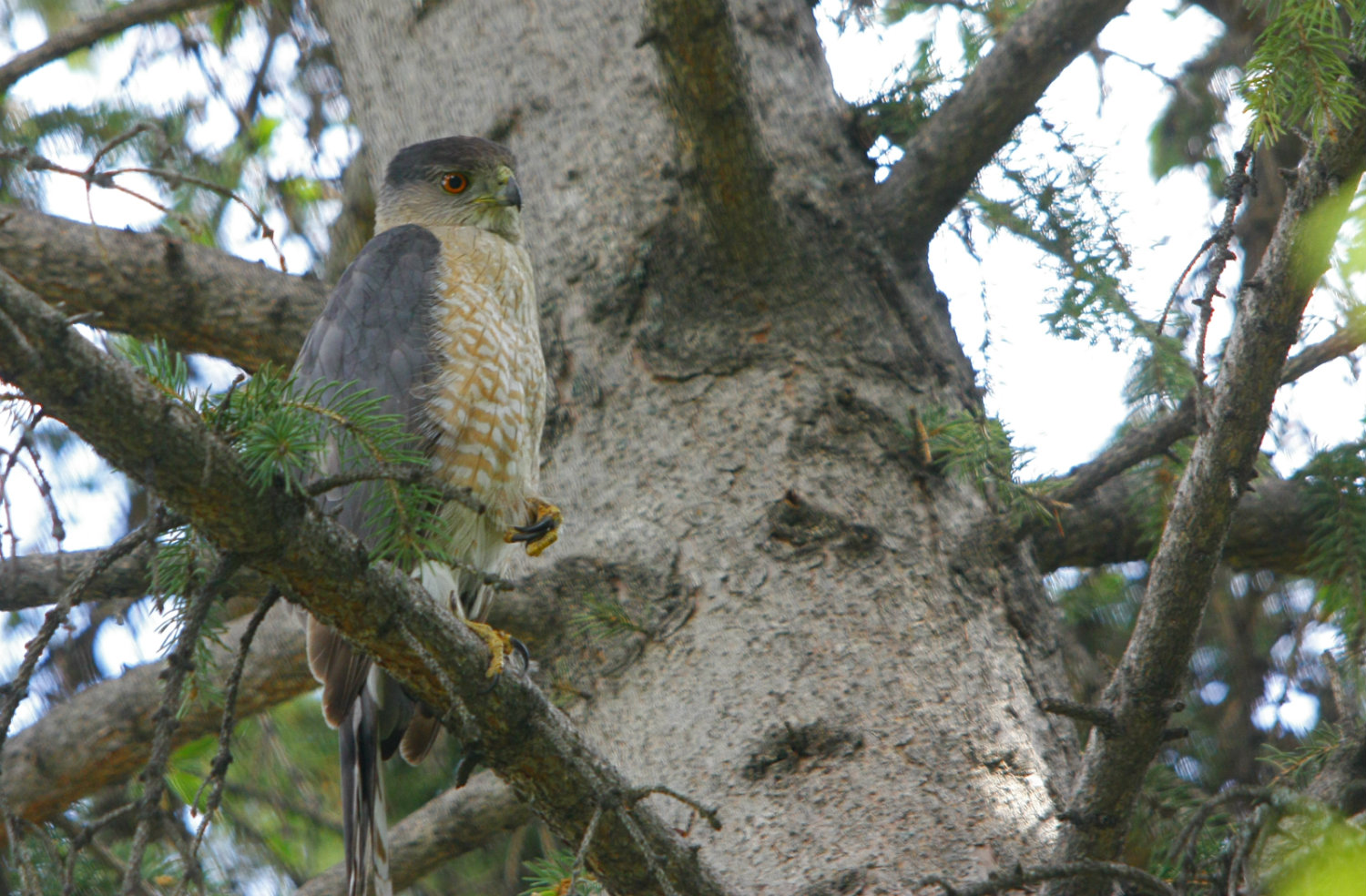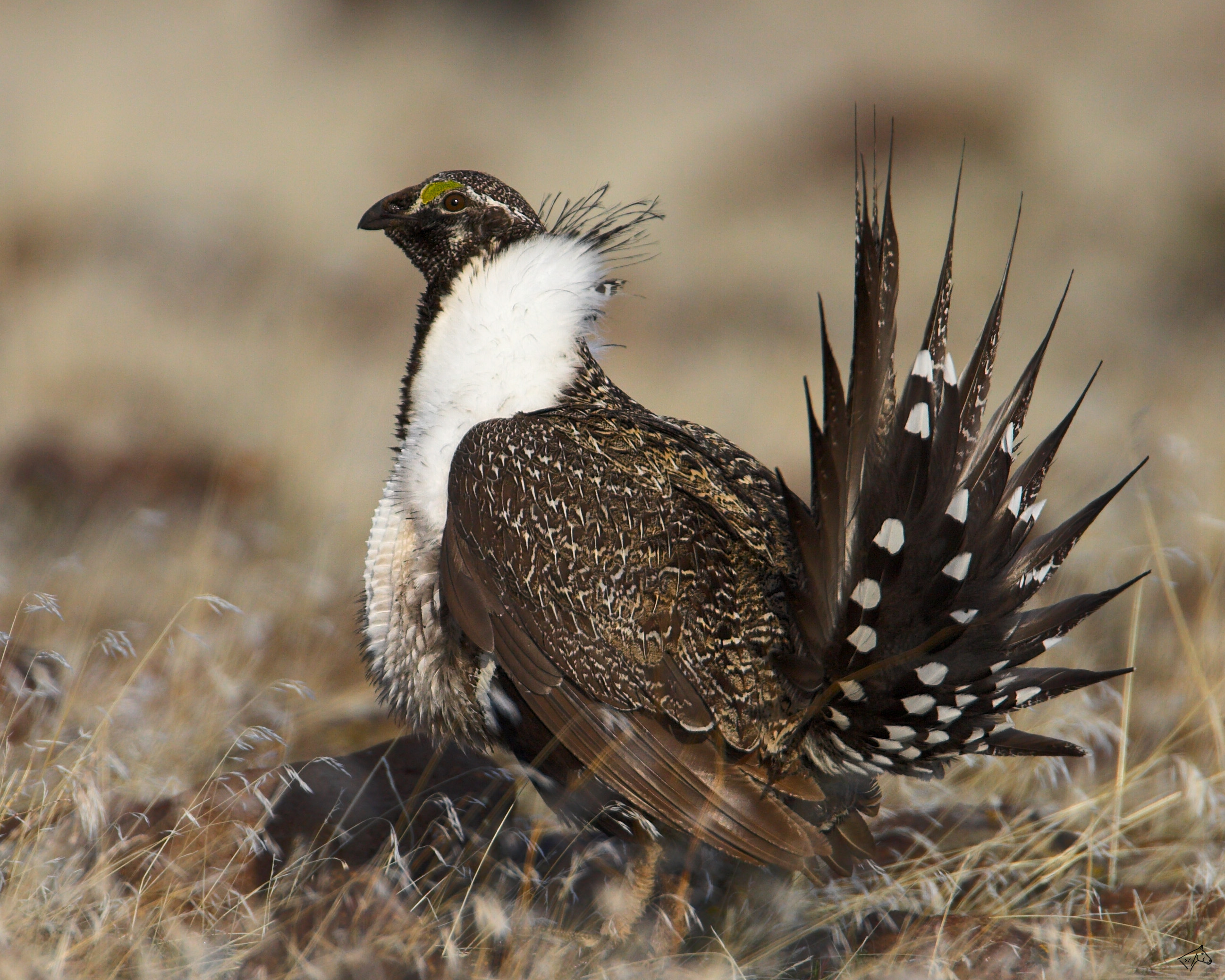Posted by Matthew Sim
In this Famous Birders post, we take a look at one birder who completely changed the face of birding as we know it today.
Roger Tory Peterson, is one of the most famous birders ever to have lifted a pair of binoculars. Except that a lot of the time, he didn’t even need binoculars. As he once said, “I can recognize the calls of practically every bird in North America. There are some in Africa I don’t know, though.” A master of ornithology, Peterson is best known for his revolutionary field guides which were “the bridge between the shotgun and the binoculars in bird watching.”

Roger Peterson was born in Jamestown New York in 1908, the son of european immigrants. At the age of 11, birds became a part of his life when his 7th grade teacher taught the class about these remarkable little creatures. From that point on, Roger’s passion for birds and all other aspects of nature grew and grew. After finishing high school, Roger Peterson got a job painting furniture, working hard and saving his money for art school, which he hoped to attend. In 1925, Roger saw a notice about the next American Ornithologist’s Union meeting, to be held in New York City. He also saw that there would be an art show, to which he promptly submitted two paintings of his (both were accepted). At the meeting, Roger met many of the birders and bird artists of the time. Within a year of the meeting, Roger had two more paintings shown at the first American bird art exhibit and was soon meeting the big names and got involved in the big organizations of birding at the time. Within a few years, Roger was even writing his first field guide.
In the year 1933, Roger’s A Field Guide to the Birds found it’s way to Francis H. Allen’s desk, an editor for the publisher Houghton Mifflin. From that point on, there was no turning back. At first, only 2,000 copies were made, sold for 2.75$ a piece. Roger Peterson’s first field guide was a huge hit and within the first week, all 2,000 copies were sold, prompting more copies to be published. This was only the beginning of a very illustrious career for Roger and as of today, he has sold 7 million copies and 52 field guides make up the Peterson Field Guide System. In a time when shooting birds was as close to birding as it got, Roger’s field guides revolutionized the way people saw the natural world around them. What made Peterson’s field guides so successful is that they are simple to look at, with arrows pointing to distinguishing field marks that might help in identification. This simplicity helped many potential birders easily understand and identify what they were looking at.

Roger Peterson became one of the leading birders, nature artists and natural writers of his time and it is in part thanks to his work that so many people are involved in birding today; he truly was a great birder, perhaps, some argue, the best that there has ever been.
Photos courtesy wikipedia.











































